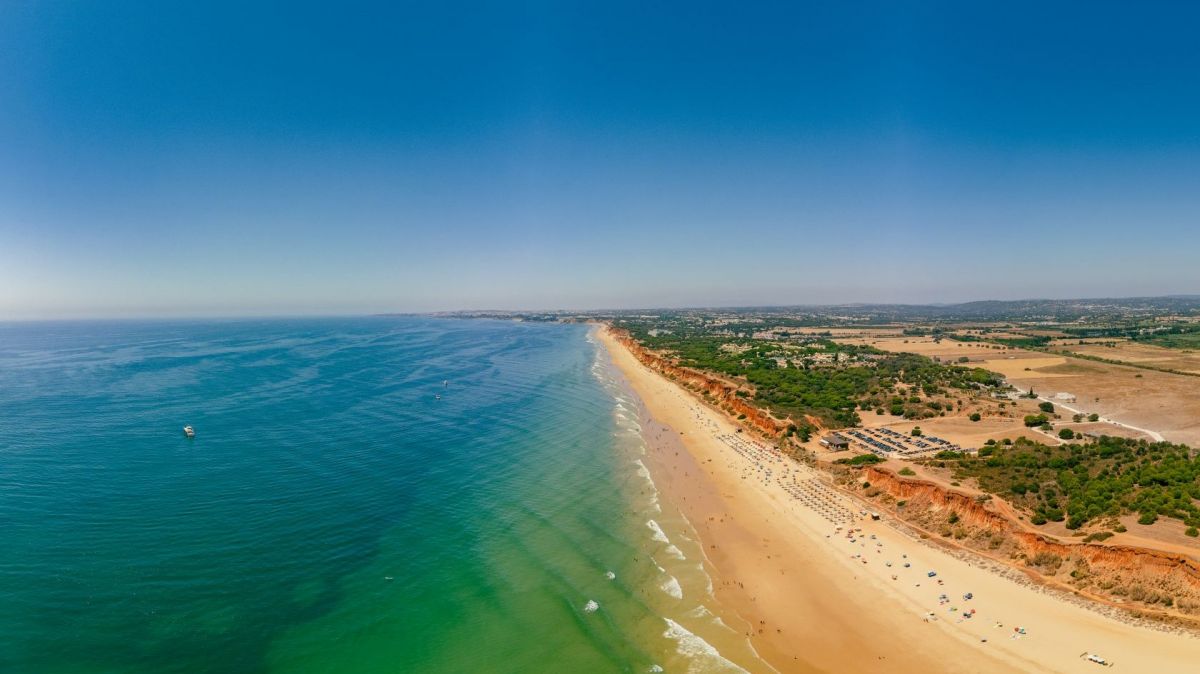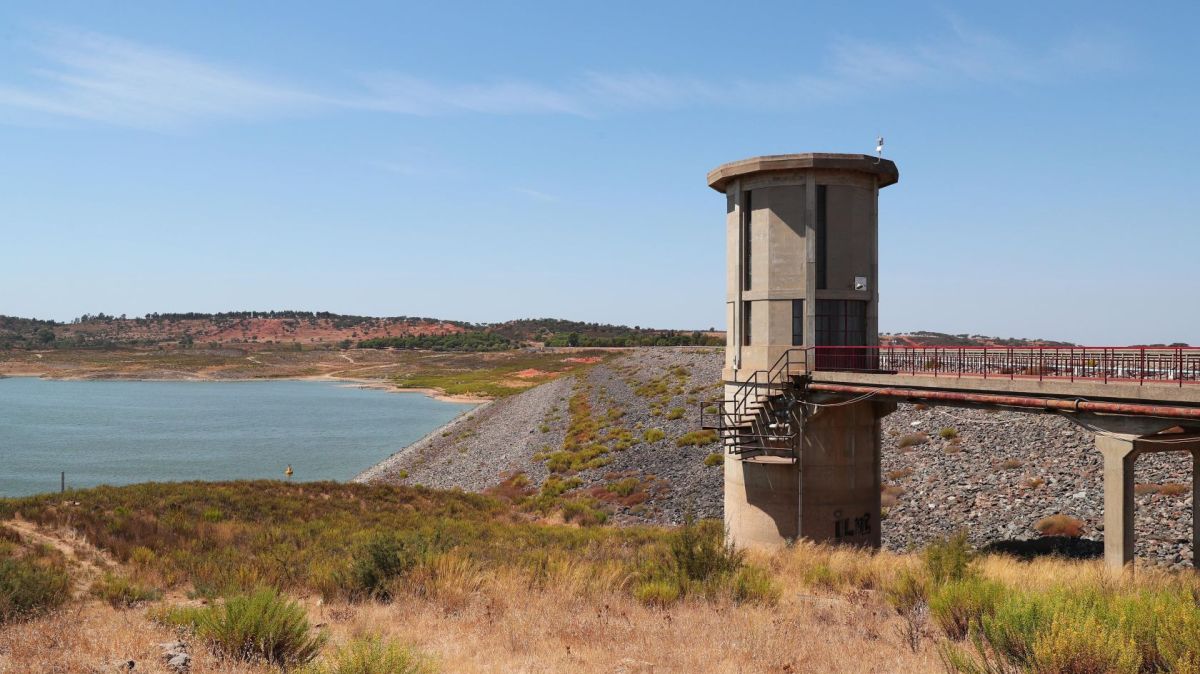“The deadlines given to us by Águas de Portugal, through Águas de Santo André [AdSA],” indicate that construction of the future desalination plant will begin “in 2027, to be ready” between “2030 and 2031,” the minister responsible for the Environment and Energy portfolios told Lusa news agency.
After announcing in parliament that the government will proceed with the construction of a desalination plant in Sines, the Minister of the Environment, contacted by Lusa, said that the planned investment for the project is “120 million euros”.
“Its size will have to be studied, but taking into account the investments we have in the Algarve desalination plant and other similar plants, it will be over 100 million euros,” she said.
According to the minister, the future desalination plant “will be financed with a long-term industrial tariff”, which will be subsequently calculated by the company AdSA, from the Águas de Portugal group, responsible for managing the Santo André System.
AdSA ensures the water supply to the populations of the municipalities of Sines and Santiago do Cacém, the collection and treatment of wastewater, and responds to the demands of industries located in the Sines Industrial and Logistics Zone (ZILS) in the supply of drinking water, industrial water, wastewater and industrial waste.
Industrial projects
The minister justified the investment in Sines with “the large number of industrial projects, hydrogen production, and green steel production,” among others, in a region “with some water stress.”
These projects “require infrastructure to connect to the electricity grid,” she explained, adding that, in addition to creating “a high-demand area to address the issue of access to the electricity grid,” the government is “drafting legislation” to ensure its reinforcement.
“We are drafting legislation to create a second high-demand area in Sines, in addition to other high-demand areas in the rest of the country” that will “resolve the issue of access to the electricity grid,” she said.
However, she indicated all these investments “need a large quantity of water” – fresh water, recycled water, saltwater for cooling, and desalinated water.
“Considering the investments that are Projects of National Interest [PIN] and that already have authorization from the APA [Portuguese Environment Agency], which in total require 10 cubic hectometers [of water], the solution proposed to us by the technicians” points “to a new water management model” for the Sines area, she highlighted.
Growth
This new model assigns the management of freshwater, saltwater for cooling, and desalinated water to AdSA, which will also be responsible for the construction of “the desalination plant,” which will be “model,” that is, it will start with a “smaller” dimension so that it “can grow” as there is “more need for investment.”
In addition, there are negotiations between Aicep Global Parques, which manages ZILS, the APA, and EDP to take advantage of part of the infrastructure used by the old coal-fired power plant for seawater intake for the new system, said Maria da Graça Carvalho.
When questioned about the desalination technology to be used, the minister clarified that it will be “chosen by technicians from AdSA and Águas de Portugal” and reminded that the project is still subject to “a very rigorous environmental licensing process that takes time”.
The future plant “can, in a way, alleviate water pressure” on the Alentejo coast, as well as investments “in the remodelling and repair of the Santa Clara dam”, in Odemira, Beja district, and the “possible connection to the Alqueva dam”.
“There is a set of elements that have to be studied and compared in terms of efficiency and cost,” she stated, arguing that the Government also knows that it has “to resolve and look at the issue of Odemira”, an area for which “the most efficient model to apply has not yet been chosen”.















